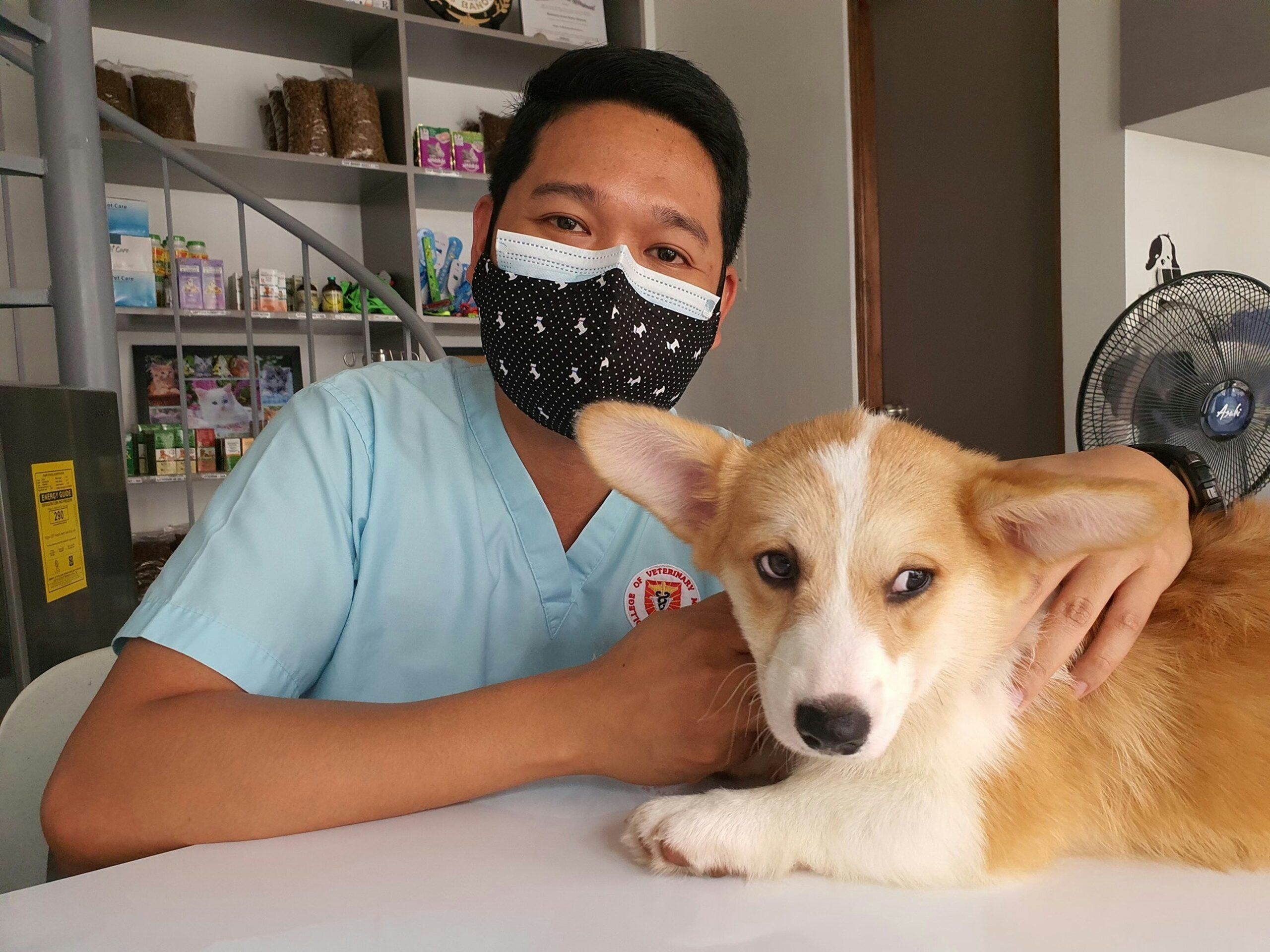I was living on the Big Island of Hawaii, taking care of two of the greatest dogs I’ve ever met. Maui, a 12-year-old rotund Jack Russell Terrier, and his companion Thao, a gray mix breed that looks like a basenji cross. Unfortunately, they have no clue that lurking in their yard is a cane toad that can do them great harm.
They are both too old and arthritic to go on the long hikes I like to take, so we settle for shorter walks through the fern forests and occasionally sneak into the old crumbling abandoned highways on the lava fields. We are living in Volcano, an area at 3000 feet elevation at the base of an active volcano. Maui and Thao love, more than anything, to root around in their yard looking for the many geckos, frogs, pheasants, and mongooses that cruise through the area.
What to Know About Cane Toads
To obtain my license to practice veterinary medicine in the State of Hawaii, I had to take the state board exam. This means studying, which for me, is a lot like going to the dentist to have teeth pulled. I had to drag out my old books from vet school and look up a bunch of stuff that I’ve been able to ignore for 20 years because it doesn’t exist in Washington.
One of the subjects was “Cane toad poisoning”, something I’d never heard of (or couldn’t remember).
Quick Facts:
- Cane toads are large, heavily built animals with rough, dry skin.
- They have bony heads with pointed snouts.
- They have distinctive ridges over their eyes that meet above their nose.
- They have slightly webbed hind feet and small front feet.
Other Cane Toad Facts:
- They are native to the southern United States and northern South America.
- They are active at night and shelter during the day.
- They are poisonous at all stages of their life cycle.
- They can squirt a fine spray of poison.
- Their venom can cause intense pain, temporary blindness, and inflammation in humans.
- They can survive temperatures ranging from 5–37°C.
- They breed year-round in standing water, streams, canals, and ditches.
- They have a lifespan of 10–15 years in the wild.
A Detailed Overview of Cane Toads
Cane Toads (Bufo Marinus) are big (10 inches), ugly toads that were introduced into the Hawaiian Islands in 1932 as a method of pest control for the sugar cane fields (hence their name). They have parotid glands located behind their eyes that secrete a highly toxic substance called bufotoxin when they are threatened. Both their skin and their secretions are toxic to animals and people. When a dog bites or mouths a toad, this toxin is absorbed instantly through the mucous membranes. The toxin causes the dogs to salivate profusely, paw at their mouths, and shake their heads from side to side to try to eliminate the bad taste. They can also suffer from bright red gums, rapid heart rate, ataxia (incoordination) or collapse, difficulty breathing, and seizures or death.
Treatment includes washing the dog’s mouth out aggressively to eliminate the toxin (if you are lucky enough to see them salivating immediately). Additionally, they will need supportive veterinary treatment, which may include administration of charcoal for absorption, administration of IV fluids, medications, and other measures of supportive care.
Maui’s Cane Toad Experience
Unfortunately, I got to see this toxin in action first hand when cute little Maui got ahold of one of these toads. I have been house and pet sitting for Maui and his friend Thao Hawaii while their owner is away in Saudi Arabia. I was standing outside on the front porch when I saw the dogs get very excited and run over to an area that is thick with vegetation next to the house. Both of them were wagging their tails and pawing at the ground. Just as I walked up to the area to see what they were doing, Maui grabbed the toad in his mouth and just as suddenly spit it out on the ground.
He immediately started pawing at his mouth, licking his lips, and trying to spit out the taste. He started salivating like crazy, and I knew it had to be the cane toad. I rushed him inside, placed him in the bathtub, and turned on the water. Luckily, the shower had a detachable spray hose, and I held his mouth open and sprayed sideways through the opening. He looked up at me with his big brown eyes like I had lost my mind, but he submitted willingly and didn’t fight me. I took a wet washcloth and scrubbed out the inside of his mouth and his face. He finally stopped licking and salivating. I hoped I’d gotten it in time. I took his pulse, checked his gums, and monitored him closely throughout the night. Fortunately, he never exhibited any other problems.
Another Experience With a Cane Toad
Unfortunately, I had another incident with another one of my companions in Costa Rica. I decided to move there to work remotely in 2024. I was having a glass of wine with my friends when I heard my dog scream. The most horrible noise you have ever heard.
I ran to where he was, and he was already in full seizures, his body rigid and jerking, his eyes open and unable to see. With no veterinary equipment or charcoal to treat him, I held him for 4 hours while he seized. His temperature went up to about 105 degrees, and I sprayed him constantly with cold water to bring it down. His heart rate was extremely high, and the rhythm was erratic. I was positive he was going to die.
My friends had natural remedies that we gave him, and I remembered that I had Gabapentin- a very weak, possibly anti-seizure medication. After more than 4 hours of his seizing, he finally stopped. He looked up at me as though to say, “What in the world just happened, and I’m really happy to see you”. I took him immediately to the vet, and he stayed the next couple of days on charcoal and fluid therapy.
There were many toads that surrounded our home, and he got mildly involved with another one. I packed my bags and moved back to the Northwest because I could not handle it happening again.
Conclusion
If I hadn’t just studied this particular toxicity for the boards, I would have had no idea what to do or that this toxin was possibly fatal. The next day, I looked up several incidents on the internet. The toxin is more often fatal to smaller dogs as the dose they have ingested is greater in comparison to their body weight.
Many owners reported mild signs followed by complete recovery with treatment. But others reported the sad death of their companions from this toxin. The owners also reported that the dogs tend to do it over and over again without learning the lesson.
So now I have to watch Maui every time he steps outside. He appears to have completely recovered and is back to rolling in the dirt, chasing the pheasants and, unfortunately, hunting for geckos and toads. The hazards of living in Paradise.
If you live in an area that has Cane Toads, you need to have (A LOT) of charcoal capsules with you at all times and access to a cloth that you can wipe their mouth out with if you catch it at the salivation stage. Give them many (like 10) charcoal capsules and get them to a veterinarian as fast as you can. They will need IV fluids and supportive care to survive.






